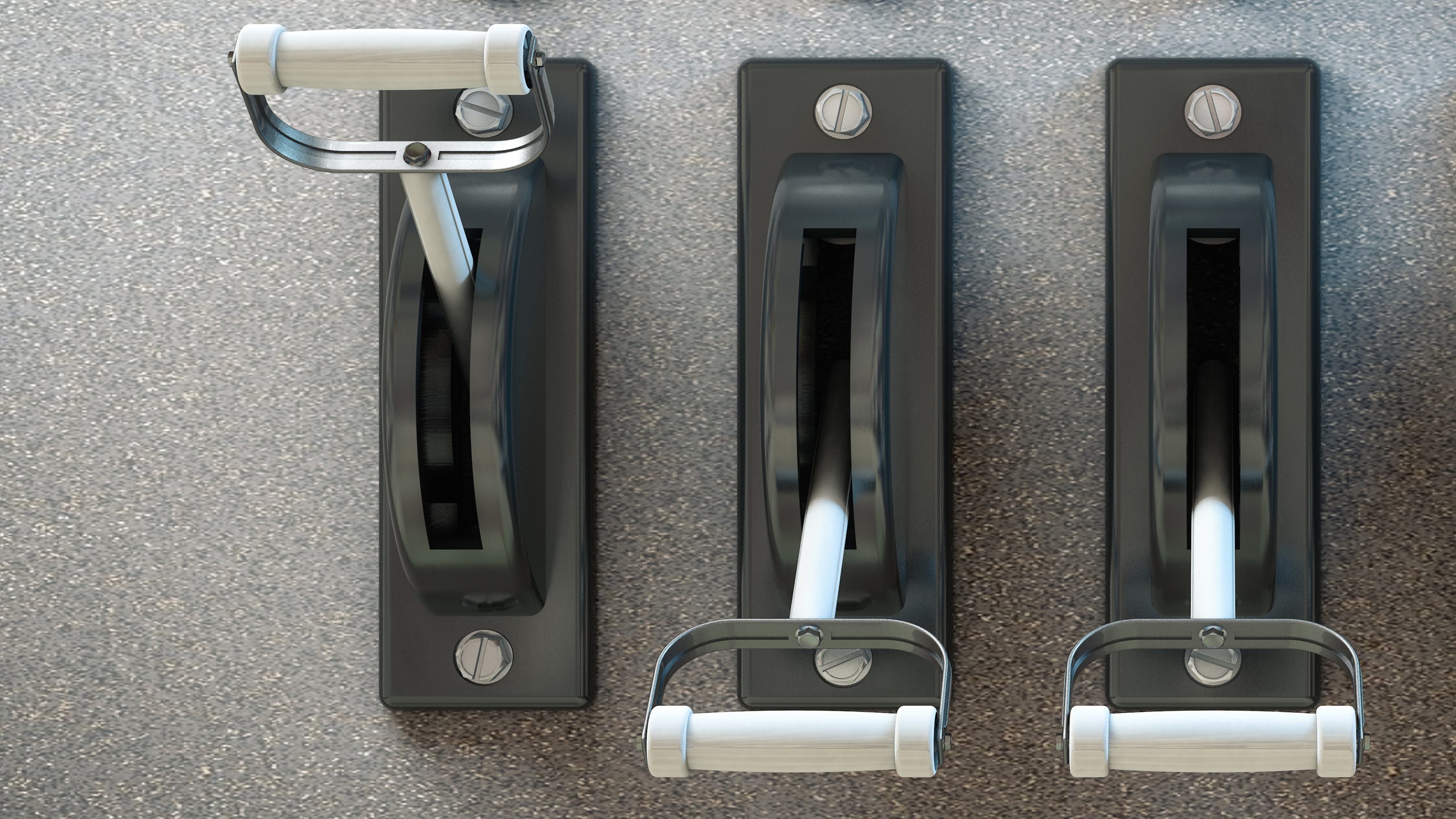Take the Scenic Route: Diversification on the Road to Retirement
It's no secret that the old rules of retirement no longer apply to many people. For retirements lasting upwards of 30 years, it's crucial to diversify your assets to help reduce risk and minimize taxes down the road.


Until the early ’80s, long-term retirement planning used to be straightforward – people worked for one company for 30 years, retired, and many received a pension. They knew they could rely on Social Security, and with life expectancy hovering around age 75-80, many people spent less time in retirement and therefore didn’t need as many personal assets.
Today things look a lot different. People are staying in school longer and entering the workforce later. Workers are more likely to change jobs every few years, and employers rarely provide a pension. With so many advancements in medical care and people living healthier lifestyles, many people spend just as many years in retirement as they spent working. This means the ability to accumulate wealth and diversify in a way that can sustain a retirement lasting 30 years (or more!) is vital to your financial plan.
Consider your wish list
How do you imagine retirement? For some, it’s living in the home they’ve lived in for 15 years with some bucket list vacations each year. For others, it’s getting an RV and trekking across the country one state at a time.
From just $107.88 $24.99 for Kiplinger Personal Finance
Be a smarter, better informed investor.

Sign up for Kiplinger’s Free Newsletters
Profit and prosper with the best of expert advice on investing, taxes, retirement, personal finance and more - straight to your e-mail.
Profit and prosper with the best of expert advice - straight to your e-mail.
This wish list is important when the time comes to sit down and think about how much money you’ll need and how to get it — whether through guaranteed income streams or a variety of investments (or a combination). The ability to anticipate what your regular expenses will be, in addition to those “wish list” items, will better prepare you to contribute and accumulate accordingly.
Risk Diversification
With most companies opting to move away from pensions, many people rely on three areas of retirement income: company-sponsored retirement plans — such as a 401(k) — Social Security and personal assets. Without the inherent guarantees of a pension, individual investors assume most of their investments’ risk and the possibility of outliving their money, so managing those risks is critical.
For some people this might mean having a variety of assets and investments. To maximize this strategy, I consider diversification in its totality — this means I look at the risk offset across my entire portfolio. For example, you don’t always have to treat your 401(k) plan as a stand-alone plan. Instead, you could position your 401(k) in moderate to aggressive risk options, as long as you can offset it with other safe assets, such as CDs or a savings account in your overall retirement plan. Of course, diversification doesn’t assure positive results or protect against any loss.
Tax Diversification
I am often asked, what’s better: a pretax retirement plan — such as a 401(k) or a traditional IRA — or an after-tax retirement plan — such as a Roth IRA or Roth 401(k). My answer is always the same: It depends. If you defer your money in a high tax bracket and later withdraw it from a lower tax bracket, pretax investing is advisable. However, if you defer in a lower tax bracket and withdraw from a higher tax bracket, after-tax investing is advisable. And — to complicate things even more ‐ if you defer from the same tax bracket you are in when you withdraw, then it’s tax neutral between the plans.
Since no one has a crystal ball to predict what will happen, I advise saving money on both sides of the tax fence. Consult a tax adviser before you take any action.
How you can take steps toward a long retirement:
- Write down your retirement “must haves” and your “wishes.” Having a vague idea of what your retirement lifestyle will be is vital for planning and investing.
- Invest early. Contribute as much as you’re able to your 401(k) to receive the maximum amount of any employer match benefit; this is a great opportunity for accumulation.
- Life insurance, long-term care insurance, guaranteed assets like income annuities should all be taken into account when thinking through your investment approach. This helps protect your family and assets should something drastic happen during the accumulation phase.
- Build the muscle of prioritizing and allocating funds on a regular basis, whether it’s a manual transfer or an automatic contribution to your savings or a retirement account.
- Weigh things like property tax and cost of living against the cost of commuting, school districts and child care if those expenses apply; moving to a neighboring county or state may be an efficient move to help trim living expenses over time.
- Meet with a financial professional to help review and shape a portfolio to allow for the best possible retirement in terms of finances — it’s never too late. There may be a guaranteed income products or investment opportunity that is a good fit and can help bridge the gap in terms of retirement savings and the income you will need when you retire.
Profit and prosper with the best of Kiplinger's advice on investing, taxes, retirement, personal finance and much more. Delivered daily. Enter your email in the box and click Sign Me Up.

Brian G. Madgett, CLU®, ChFC®, is Head of Consumer Education at New York Life. In this role, Brian helps families across the country learn how to build better futures, rooted in a protection-first financial plan, for themselves and those they love. Brian began his nearly 30-year career as a New York Life financial specialist and has since held several leadership roles within the company. He earned his Bachelor of Science degree from John Jay College.
-
 Amazon Surge Sends S&P 500, Nasdaq Higher to Start November: Stock Market Today
Amazon Surge Sends S&P 500, Nasdaq Higher to Start November: Stock Market TodayAmazon inked a $38 billion cloud deal with OpenAI, which sent the stock to the top of the Dow Jones on Monday.
-
 If You'd Put $1,000 Into Home Depot Stock 20 Years Ago, Here's What You'd Have Today
If You'd Put $1,000 Into Home Depot Stock 20 Years Ago, Here's What You'd Have TodayHome Depot stock has been a buy-and-hold banger for truly long-term investors.
-
 Eight Steps to Help Get You Through the Open Enrollment Jungle at Work
Eight Steps to Help Get You Through the Open Enrollment Jungle at WorkWondering how to survive open enrollment this year? Arm yourself with these tools to cut through the process and get the best workplace benefits for you.
-
 Seven Moves for High-Net-Worth People to Make Before End of 2025, From a Financial Planner
Seven Moves for High-Net-Worth People to Make Before End of 2025, From a Financial PlannerIt's time to focus on how they can potentially reduce their taxes, align their finances with family goals and build their financial confidence for the new year.
-
 I'm a Financial Planner: These Are the Seven Tiers of Retirement Well-Being
I'm a Financial Planner: These Are the Seven Tiers of Retirement Well-BeingLet's apply Maslow's hierarchy of needs to financial planning to create a guide for ranking financial priorities.
-
 Why More Americans Are Redefining Retirement, Just Like I Did
Why More Americans Are Redefining Retirement, Just Like I DidRetirement readiness requires more than just money. You have a lot of decisions to make about what kind of life you want to live and how to make it happen.
-
 Are You Retired? Here's How to Drop the Guilt and Spend Your Nest Egg
Are You Retired? Here's How to Drop the Guilt and Spend Your Nest EggTransitioning from a lifetime of diligent saving to enjoying your wealth in retirement tends to be riddled with guilt, but it doesn't have to be that way.
-
 Separating the Pros From the Pretenders: This Is How to Tell if You Have a Great Adviser
Separating the Pros From the Pretenders: This Is How to Tell if You Have a Great AdviserDo you leave meetings with your financial adviser feeling as though you've been bulldozed into decisions or you're unsure of what you're paying for?
-
 Five Downsides of Dividend Investing for Retirees, From a Financial Planner
Five Downsides of Dividend Investing for Retirees, From a Financial PlannerCan you rely on dividend-paying stocks for retirement income? You'd have to be extremely wealthy — and even then, the downsides could be considerable.
-
 I'm a CPA: Control These Three Levers to Keep Your Retirement on Track
I'm a CPA: Control These Three Levers to Keep Your Retirement on TrackThink of investing in terms of time, savings and risk. By carefully monitoring all three, you'll keep your retirement plans heading in the right direction.